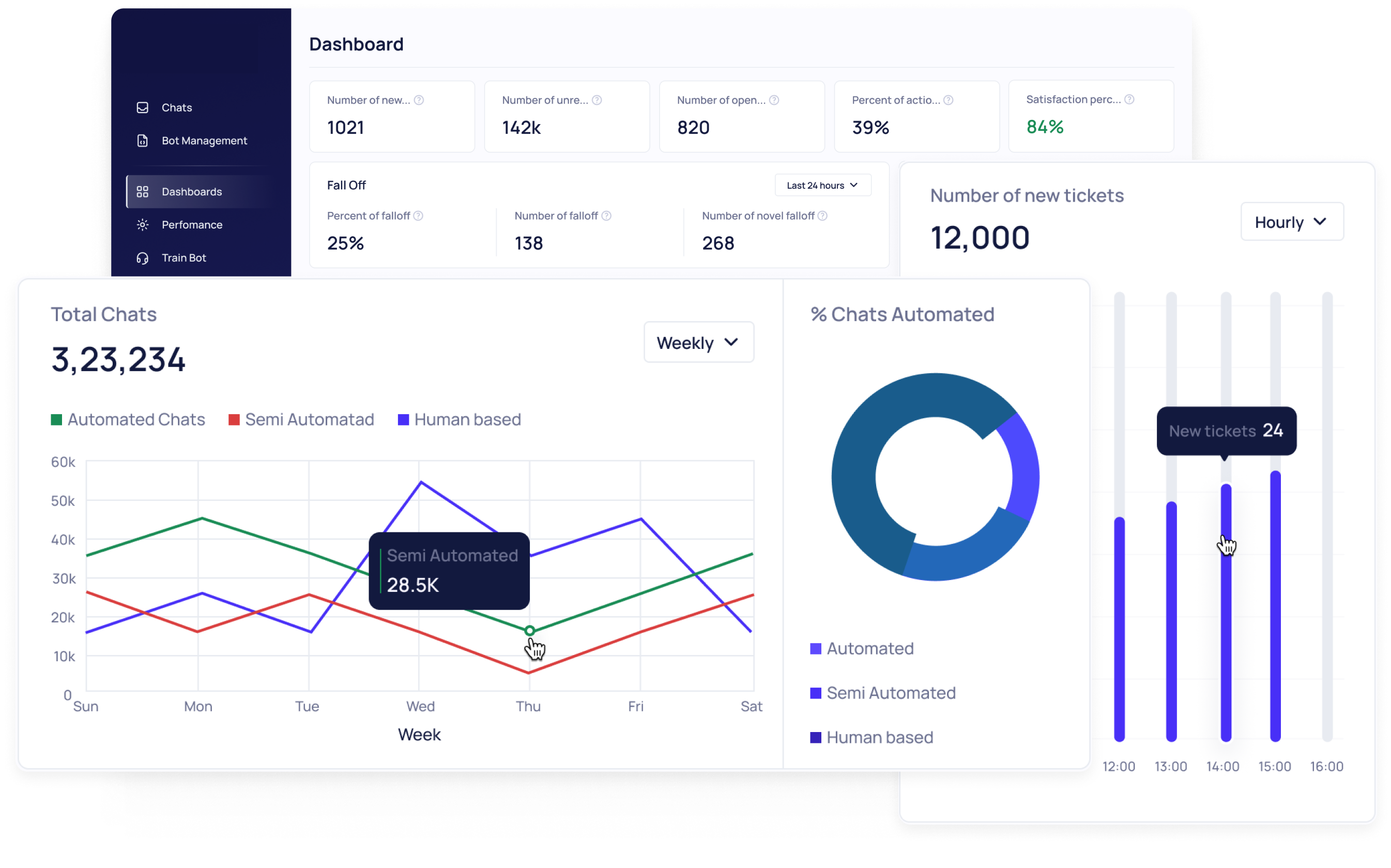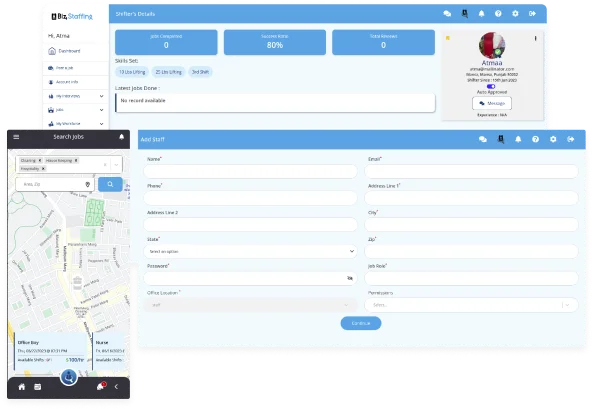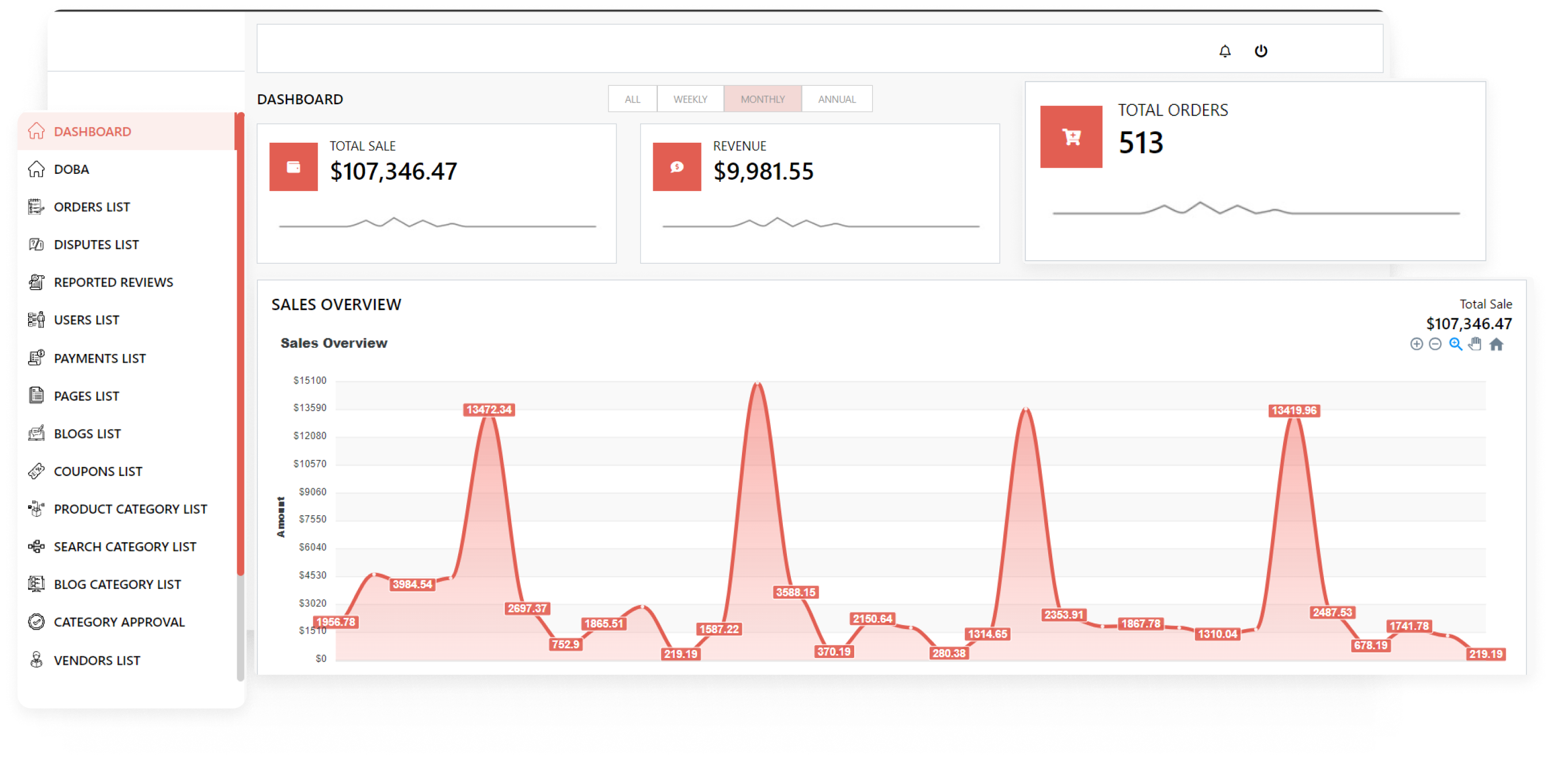WHAT IS THE BEST CHOICE: ANGULAR JS V/S REACT JS V/S NODE JS?
JavaScript, or as we call it JS, is a lightweight and most commonly used scripting language that is primarily used to create dynamic web content. Now, if that is JS, so what are those three things we are going to compare?
They are the JavaScript (JS) frameworks; a JS framework is application software that is written in JavaScript. So, it becomes essential to choose the appropriate framework for the website design. Now, as there are multiple options available, it depends on the needs and requirements of the business to select a particular version of JS for their website.
So, the frameworks that we are going to discuss are the ones that are most prevalent in the software industry. As there also have been other frameworks of JavaScript, but we will limit our scope of discussion to the major three frameworks.
Now, let’s go through the basics of these frameworks and ponder into the differences among them;
WHAT IS ANGULAR.JS?
AngularJS is a JavaScript based open-source front-end framework that is primarily maintained by Google. The working model of AngularJS involves going through the HTML webpages as it has an additional HTML attribute embedded in it. So, it is a structural framework that is built for dynamic web apps.
It provides a higher level of abstraction for the developers but lack flexibility.
BENEFITS OF CHOOSING ANGULAR.JS:
HTML based user interface (UI)
This set of JavaScript uses the interface of HTML. HTML is mainly used for layout and it is the UI by which entries of the forms are filled. HTML is easy to understand and simple language, so this form of JavaScript gets full support of HTML attributes and controls.
Flexible Filtering and usage of Directives
Filters tend to format the value of an expression for the user’s display. We can use them to define or view templates, controllers, or services. Angular JS comprises its inbuilt filters, but users can set their own filters as well.
So, this JavaScript is agile in terms of filter and directives usage. The application of the website becomes much more comfortable as it avoids the dormant nature of directives through the Document Object Model. So, the user can easily customize the Document Object Model as per his requirements.
Routing
Routing in AngularJS allows user to create single page applications. The AngularJS routes enable user to create different URLs for a variety of content available in your application. It also allows you to show multiple contents based on the chosen route.
Framework Testing
As it is said that, with great power comes great responsibility, AngularJS is written with testability in mind, the tools that are used for this purpose in AngularJS are “Karma” and “Jasmine”.
Template structuring
Since this version of JavaScript is based on HTML, the qualities of template designs are strong and visually presentable.
LIMITATIONS OF ANGULAR.JS:
This version of JavaScript has performance issues; these issues related to the performance of the JS are due to the Data Object Model.
It is a tedious task to do the debugging of the code of the script. Although the routing may seem easy for this version of the JavaScript, yet is not seamless or unlimited.
The final web-based application turns to slow down if factors such as videos or hyperlinks are tried to be embedded in them.
All of these limitations should be kept in the mind while considering Angular vs. Node vs. React.
WHAT IS REACT.JS?
It’s an AngularJS library that is used for building interfaces. It is maintained by Facebook and a developer’s community from across the globe. It can be used as a base to develop the single-page or mobile applications.
It is an open-source JavaScript library rather than a framework. React JS is mainly used to build a dynamic library with high performance. The example of using a dynamic framework is catering users to do multiple tasks at the same time, such as providing the newsfeeds while users are chatting.
BENEFITS OF CHOOSING REACT.JS:
Effective Optimization into the search engine
One of the unique features of this version of JavaScript is the Data Object Model that is based on virtual factors. Users can easily detect it and run on various search engines, although being heavy as compared to its counterparts.
The only JavaScript which enables customization
React JS can easily be customized, and users can easily make variations using this framework for web-based applications. It encompasses Polymers, which is another version of this JavaScript and Data Object Model of Shadow.
The efficiency of the next level
The operations involved in the Data Object Model are very costly. These costs can be eliminated by the use of React JS. This is done by using the virtual version of the Data Object Model, because of which variations in Data Object Model and modifications in its trees are possible. Thus, due to these factors, this version of JavaScript is more efficient and robust to use.
Debugging is easier with React.js
The Debugging of the JavaScript is far easy. This factor should be kept in mind while thinking about React.js vs. Angular.
Component-based JavaScript
In AngularJS, a component is a special type of directive that is used for component based application structure. It has a simpler configuration that plains directives and promotes sane defaults and best practices.
LIMITATIONS OF REACT.JS:
It is tedious for website developers to develop the JavaScript extension syntax.
One of the limitations of this framework is its high pace of development i.e. it is evolving continuously with time and developers need to keep up the pace along with it to match the pace and keep them up to date. Another issue is poor documentation, even some developers write their own documentation for the tools leveraged by them for any project.
WHAT IS NODE.JS?
NodeJS is an open-source, cross-platform, runtime based environment that executes JavaScript outside the scope of a web browser. Mainly JavaScript is used by the developers to write command line tools for the server-side scripting that is largely used to produce dynamic web pages. NodeJS symbolically represents “JavaScript everywhere” paradigm that unifies the web development over a single programming language rather than different languages for server side and client side respectively.
BENEFITS OF CHOOSING NODE.JS:
The several benefits of the NodeJS are;
It offers an ease in Scalability, i.e. users find it very much scalable in both the directions; horizontal as well as vertical.
It is an easy to learn programming language, so for the programmers and developers involved in the front-end it is relatively easier to use and once they are familiar with its backend applications, it consumes less time to develop or work on any project with it.
It is also known for its high performance as it incorporates with it the Google’s V8 JavaScript engine that directly complies JavaScript code into the machine code. It also caters it developers with a large community of support and is continuously contributing for further development of the language. It also offers users an edge to freely develop an app even for a naïve developer who wants to begin development from a scratch.
Largely supported through input-output methods
The framework of this particular JavaScript is generally supported by input and output methods. These factors should be kept in mind while comparing Node.js vs. Angular.js vs. React.
LIMITATIONS OF NODE.JS:
Unrealistic framework
This form of JavaScript is based upon an unrealistic structure that demands the fulfillment of multiple tasks in a single click. However, this is not practically feasible as a Central Processing Unit of a particular system shall be unable to take up the load about several tasks.
Need for technical know-how
This version of the JavaScript demands the need for knowledge and understanding of the expert level. Ordinary people cannot develop or take the benefits of such JavaScript.
Love for only website servers
The ordinary central processing units of the laptops or the desktops are not compatible with this version of JavaScript, as it is only compatible with the website servers.
All these boundaries should be kept in mind while considering the comparison between Node.js vs. Angular.
CONCLUSION
As we have come to an end for our discussion in choosing the best framework among the available options such as “Angular.js v/s React.js v/s Node.js”
We have already scaled-down all the the various parameters of comparison based on performance, speed, application, reliability, community support etc. and have seen the various advantages and disadvantages associated with them. So, it depends on the requirements and needs of the user or developer that which platform will suit his development or business needs.
Now, if you are thinking of outsourcing your project to a reliable JavaScript development company, then you have landed on the right page. At Biz4Group, we have a proficient team of JavaScript Developers who use these frameworks to deliver quality results to our clients for the last 15 successful years.
 info@biz4group.com
info@biz4group.com 




















































